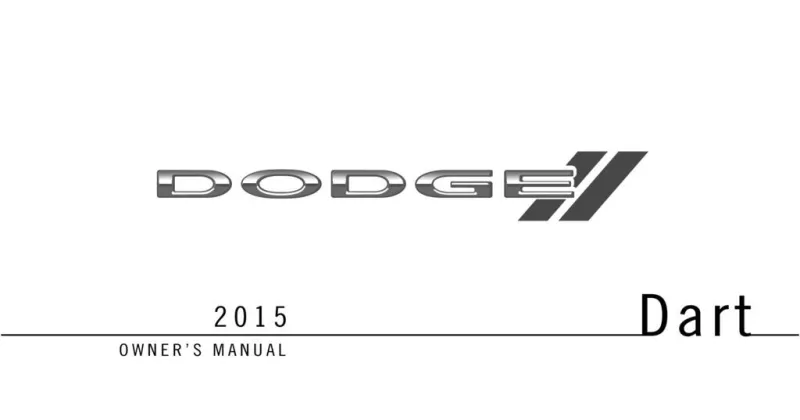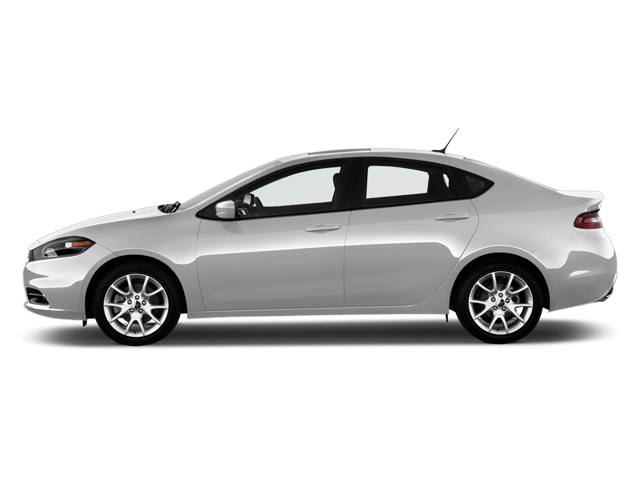2015 Dodge Dart Owner's Manual

Table of Contents
2015 Dodge Dart Overview
Introduction
The 2015 Dodge Dart stands out in the compact sedan segment, offering a dynamic blend of style, performance, and technology. With its aggressive stance, angular lines, and signature crosshair grille, the Dart presents a sporty yet sophisticated profile. Designed to cater to both the young and the young at heart, this model is equipped to make every journey a thrilling experience, beginning with its impressive array of features and customizable options.
Powertrains
The 2015 Dodge Dart offers an enticing range of powertrains to suit diverse driving preferences. The base engine is a 2.0-liter four-cylinder that produces 160 horsepower, complemented by a six-speed manual or a six-speed automatic transmission. For those craving more power, Dodge provides a 1.4-liter turbocharged four-cylinder that unleashes 160 horsepower and delivers impressive fuel efficiency. The lineup culminates with the sporty 2.4-liter four-cylinder engine, offering 184 horsepower for those who desire a more spirited drive. All powertrains are designed with responsiveness in mind, making the Dart enjoyable on both urban streets and long highways.
Trims
The 2015 Dodge Dart is available in multiple trims, each tailored to provide a unique driving experience. Starting with the base Dart SE, drivers will enjoy essentials like keyless entry and a four-speaker audio system. The SXT trim elevates the experience with additional features such as alloy wheels and a 6.5-inch touchscreen. The Dart Limited offers luxury touches, including leather upholstery and advanced technology options, while the Dart GT caters to performance enthusiasts with sport-tuned suspension and enhanced styling cues.
Features
Beneath its sleek exterior, the Dart is packed with innovative features aimed at enhancing comfort and convenience. Standard equipment includes Bluetooth connectivity and a USB port, while higher trims boast advancements like a premium sound system, navigation, and a rearview camera. Safety remains a priority, as evidenced by the array of available safety features, such as advanced airbags, anti-lock brakes, and optional rear parking sensors.
Owner's Manual
The 2015 Dodge Dart comes with a comprehensive owner's manual designed to enhance the car ownership experience. The manual contains crucial information regarding vehicle operations, maintenance schedules, and troubleshooting. It also provides essential insights on utilizing the car’s advanced technological features, ensuring that owners can maximize their Dart's capabilities while enjoying peace of mind on the road.
User manual download
The Dodge Dart owner manual for the 2015 model year is to be found in PDF downloadable format on this page. The owner manual for the model year 2015 is free and in English, but the repair manuals are usually not easy to get and may cost more.
Manual Questions
Fill the form below and someone will help you!

